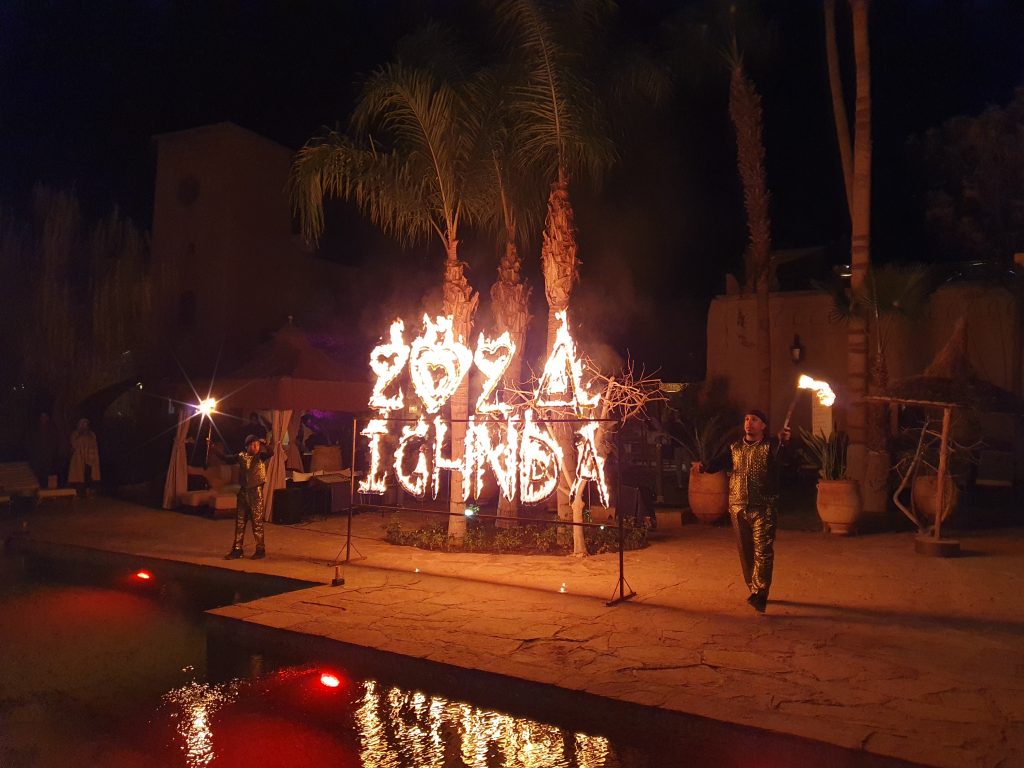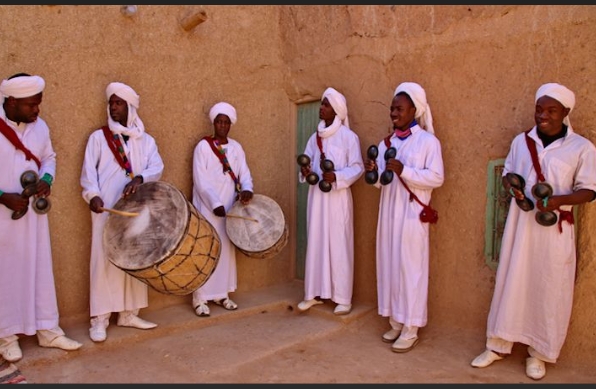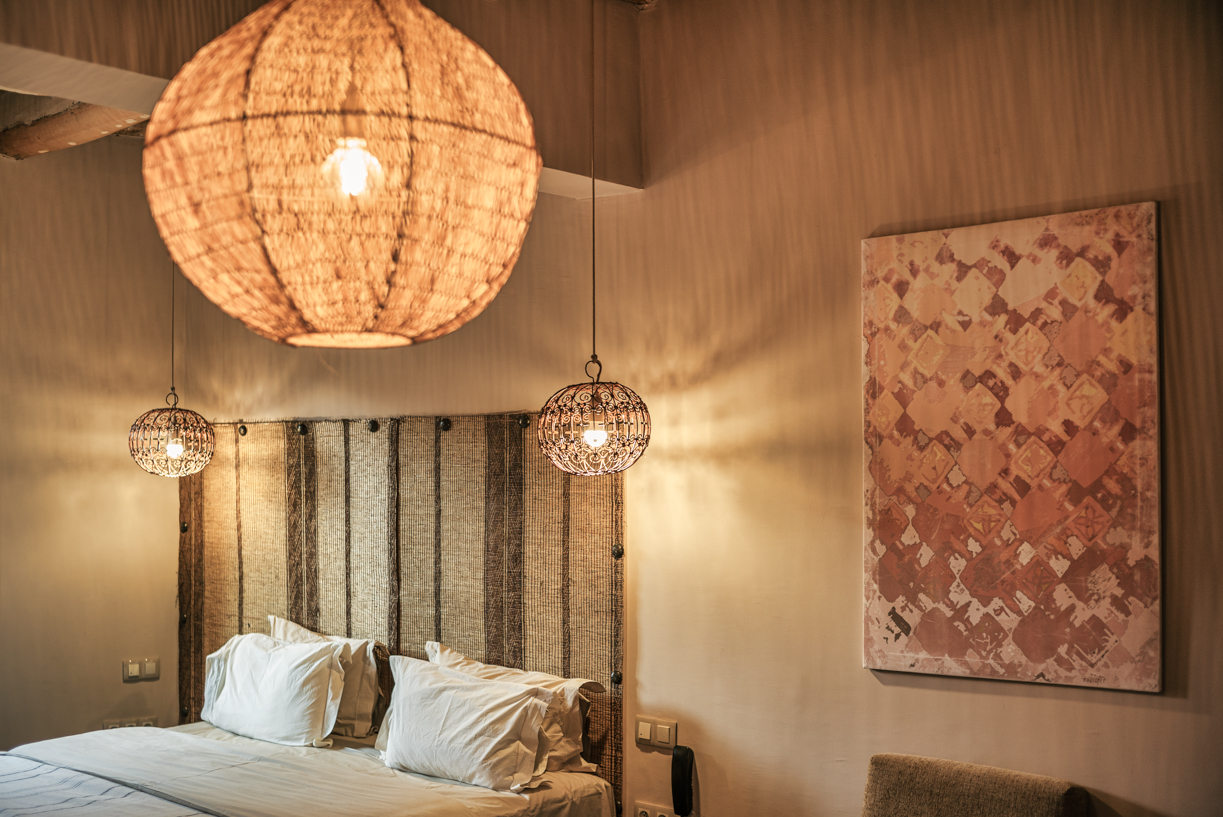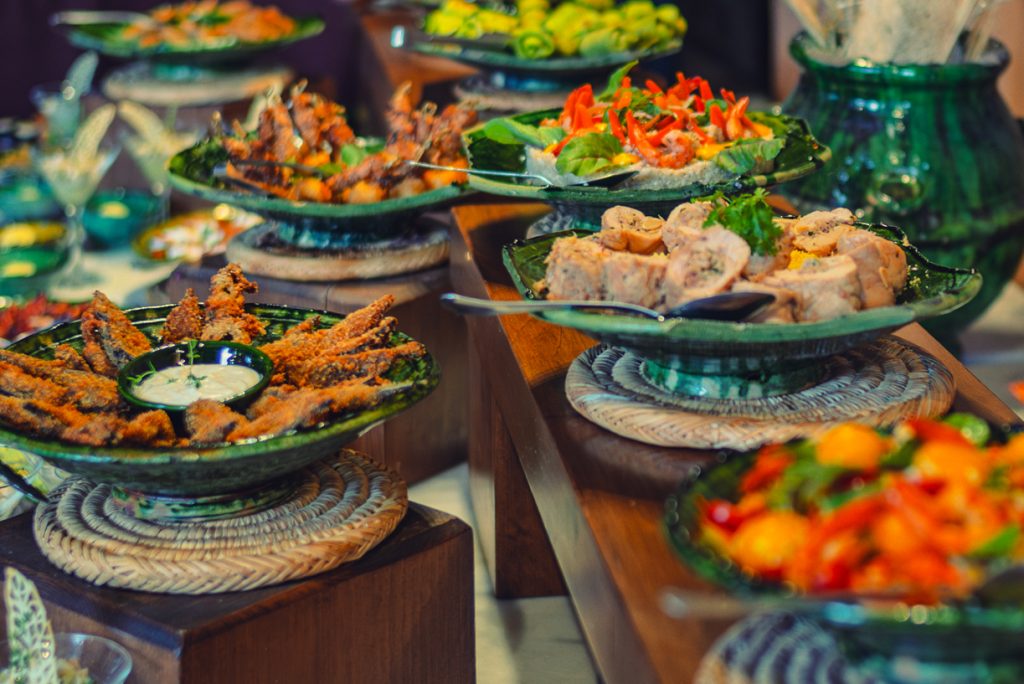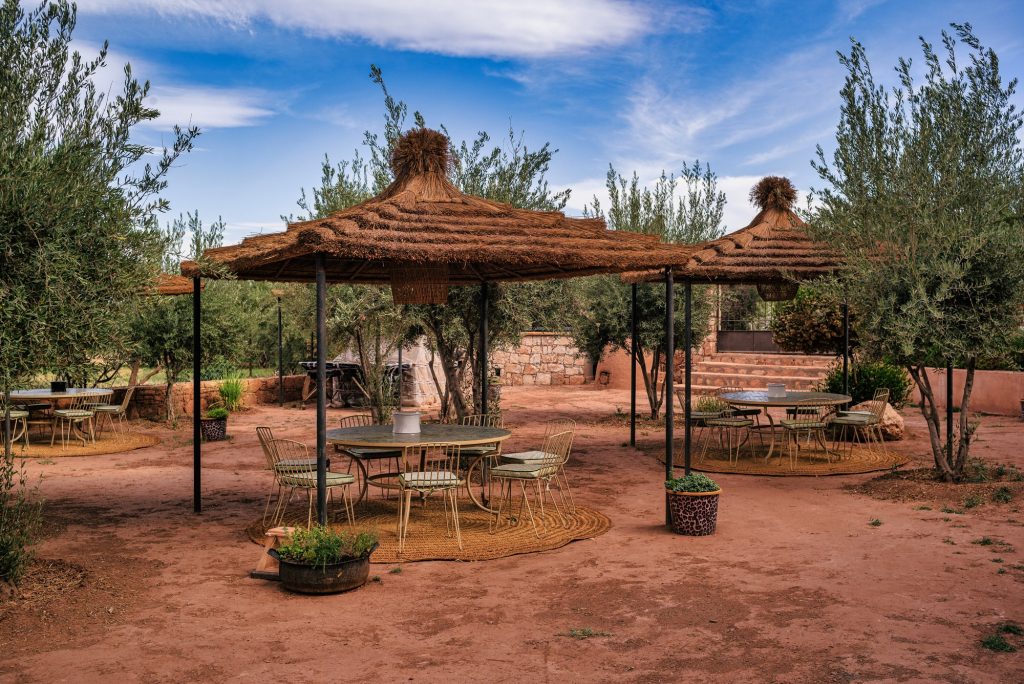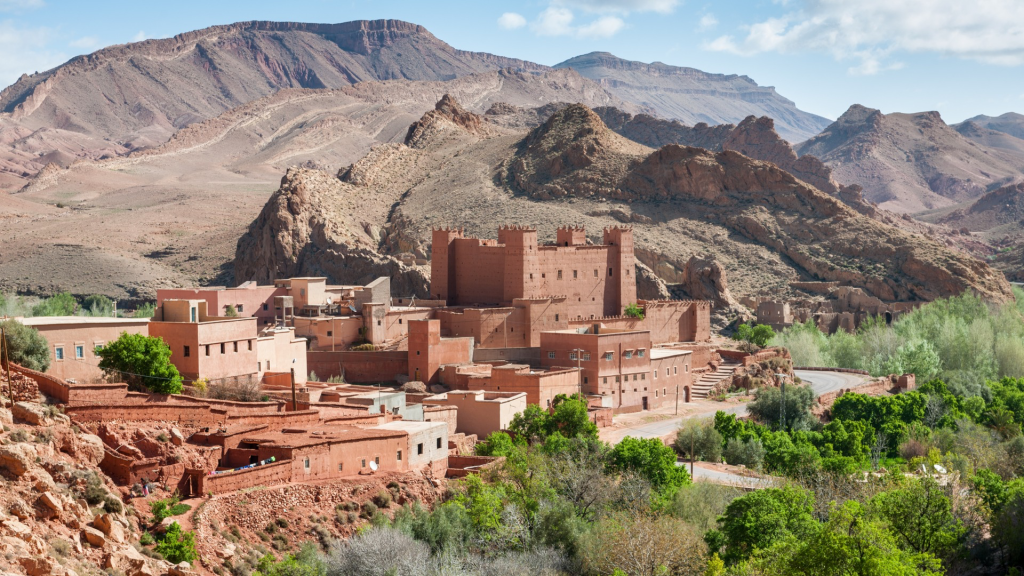Gnaoua (singular Gnaoui, also spelt Gnaua, Gnawa, Guenaua, etc.), refers to both a musical style from the Maghreb and the original members ofSub-Saharan Africamainly descendants ofslavesgathered at the Maghreb in mystical muslim brotherhoods in which the trance and the rites of possession plays a very important role.
The Gnaouas belong to the ethnic group of the Haratin. They find their place in an area at the crossroads of the Berber peoples whose touaregsthe peoples ofSub-Saharan AfricaThis is the first time that we have been able to compare the musical traditions of the French-speaking world with those of Islam, their religious traditions (brotherhoods, trances), their musical traditions and their instruments.
Gnaoua music was inscribed on the Representative List of the Intangible Cultural Heritage of Humanity in 2019 by UNESCO. This recognition highlights the importance of Gnaoua music, an essential part of our cultural heritage. Moroccanparticularly celebrated in the city Essaouirawhere the famous Gnaoua Festival. Every year, this event attracts thousands of visitors and musicians from all over the world, reinforcing the international scope of this tradition. Moroccoby registering this art form with UNESCO, has played a key role in preserving and promoting this rich cultural heritage.
Origins
Gnaoua music and rituals are thought to have originated in the cults ofadoration (accepted and cultivated possession) Sahelians readapted by the descendants of sub-Saharan slaves in Morocco. These practices had to undergo a metamorphosis and adopt theIslam as a religion for survival.
Since the end of the 19th century, the Gnaouae They have been identified as a popular religious brotherhood whose therapeutic practices are said to be the legacy of sub-Saharan mystical cults handed down by generations of sub-Saharan Muslims who settled in Morocco.
Gnaoua music from Algeria.
Rituals similar to the Gnaoua of Morocco also exist in Algeria (diwan or Algerian gnawi), in Tunisia (the stambali) and Egypt (the zār). In easternAlgeria mainly, they are called stambali, bengaor bori haoussa. They resemble each other on certain points (thus attesting to a common origin) and diverge on other points due to the specific paths that these groups will encounter in the host societies over the centuries. Visit Libyathis musical genre is thought to have existed in the Fezzan under the name of stambali also or makeli.
The certain similarities between the ritual practices of the Gnawa and those of the Maghrebian Sufi brotherhoods demonstrate a genuine spiritual kinship that rules out the theory of a syncretism in which an outside religion simply accommodated itself to a dominant religion. It is a question of the complex and gradual constitution of a community and a religious practice, over a long period, through "diverse strata and similar contributions". In answering the question of the origins of this community and its practices, it is more appropriate to speak here of a "synthesis", rather than a form of accommodation, miscegenation or "blending". syncretism.
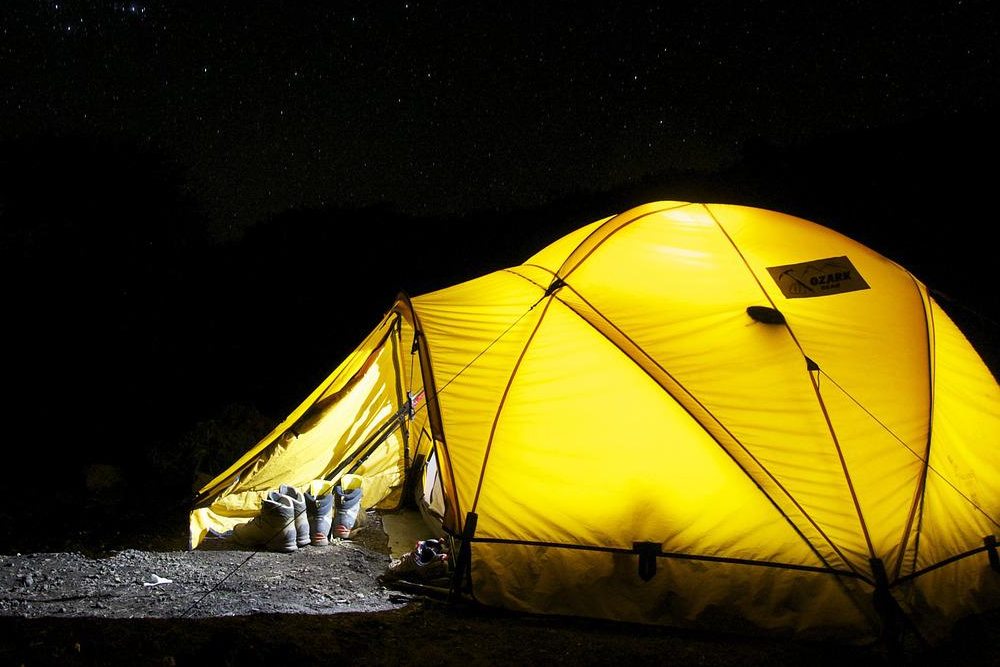
Rituals
The Gnaouas revolve around master musicians (maâlmine), instrument players (three-stringed lute guembriiron rattlesnakes qarqabuDrum tbal), psychic therapists (chouwafate), mediums and simple followers. Together they practise a syncretic rite of possession (called lila de derdeba).
The M'hella represents the equipment needed for the rituals. It is made up of karkabous, boulalas (whips for flogging), Tbal (drums), multicoloured outfits for the dances, in green, black, red, white and blue, each colour having its own typical dance, traditional knives, flags in the form of small pennants, a sword to symbolise the establishment of peace, Errouina (wheat flour), a bakhara carrying B'khor incense, Chouabid darts, a sebha rosary, a stick of wisdom, half a broom handle, a large wooden dish (gassaâ), two razors and a traditional sheepskin carpet. In the same context, the M'hella of Megzawa is made up of small bells, hats, feathers, trumpets, small pieces of decorative mirror, ash and Daghnou, which consists of milk, vinegar, almonds and peanuts.
